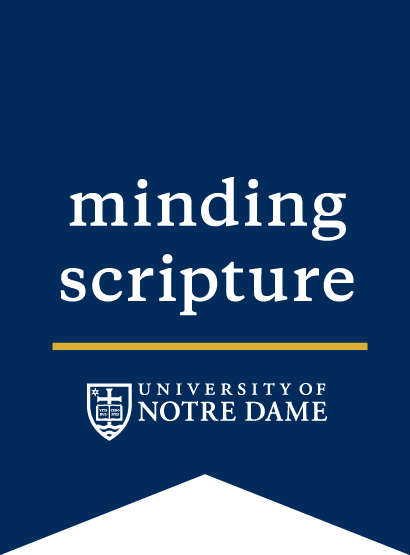Show Notes
Moses serves as a model to the prophet Muhammad in the Qur’an, represents the tribe of Israel in the Hebrew Bible and prefigures Jesus in the New Testament. With no extra-scriptural sources to rely on, how do the three Abrahamic religions read Moses, a figure whose meaning is discerned principally by faith, rather than by empirical historical investigation?
In the Jewish tradition, Moses’ salvation by the Pharaoh’ daughter anticipates the salvation of the people of Israel, who he leads out of captivity in Egypt. Moses becomes a model of humility and repentance, and he receives God’s divine name in the burning bush. He leads Israel back to their God and delivers to them the Law at Mount Sinai, a set of divine inscriptions and wisdom, which is at the center of Jewish tradition.
The New Testament presents Jesus as the new Moses: at Jesus’ transfiguration, Moses and Elijah appear at his side, and at the Sermon on the Mount, Jesus hands down the beatitudes, just as Moses hands down the Law on Mount Sinai. Moses gives Manna to the Israelites in the desert, an anticipation of Jesus’ giving the Eucharist, another “bread come down from Heaven.” The narrative of the burning bush serves as the beginning of Christian metaphysics, for which God’s essence is a pure act of existence. Moses can also be read as Christianity’s way of negotiating its relationship with its Jewish roots, by establishing Jesus as a mosaic figure who moves beyond the prophet.
The Qur’an is interested in Moses’ role as a heroic moral paradigm who stands up to the tyranny of Pharaoh and is a precursor to the prophet Muhammad. As a prophet, Muhammad traverses the same stages Moses did, from the encounter with the transcendental God to experiencing and overcoming fear, and finding strength in God through humility. Both deliver the message of pure monotheism, challenging pagans.
Further Reading
Jan Assmann, Moses the Egyptian, Harvard University Press, 1998.
Sigmund Freud, Moses and Monotheism, 1939 (reprint, Martino Fine Books, 2010)
Gregory of Nyssa (335-349 CE), The Life of Moses, HarperCollins Spiritual Classics, 2006.
Axel Graupner and Michael Wolter, Moses in Biblical and Extra-Biblical Traditions, Walter de Gruyter, 2007.
Michael Sommer et al. (Eds.), Pictures of Moses, Mohr Siebeck, 2017.
Brannon Wheeler, Moses in the Qur’an and Islamic Exegesis, Routledge, 2009.
IMAGE CREDIT: Samuel Coleman, The Delivery of Israel out of Egypt, 1820-40.
